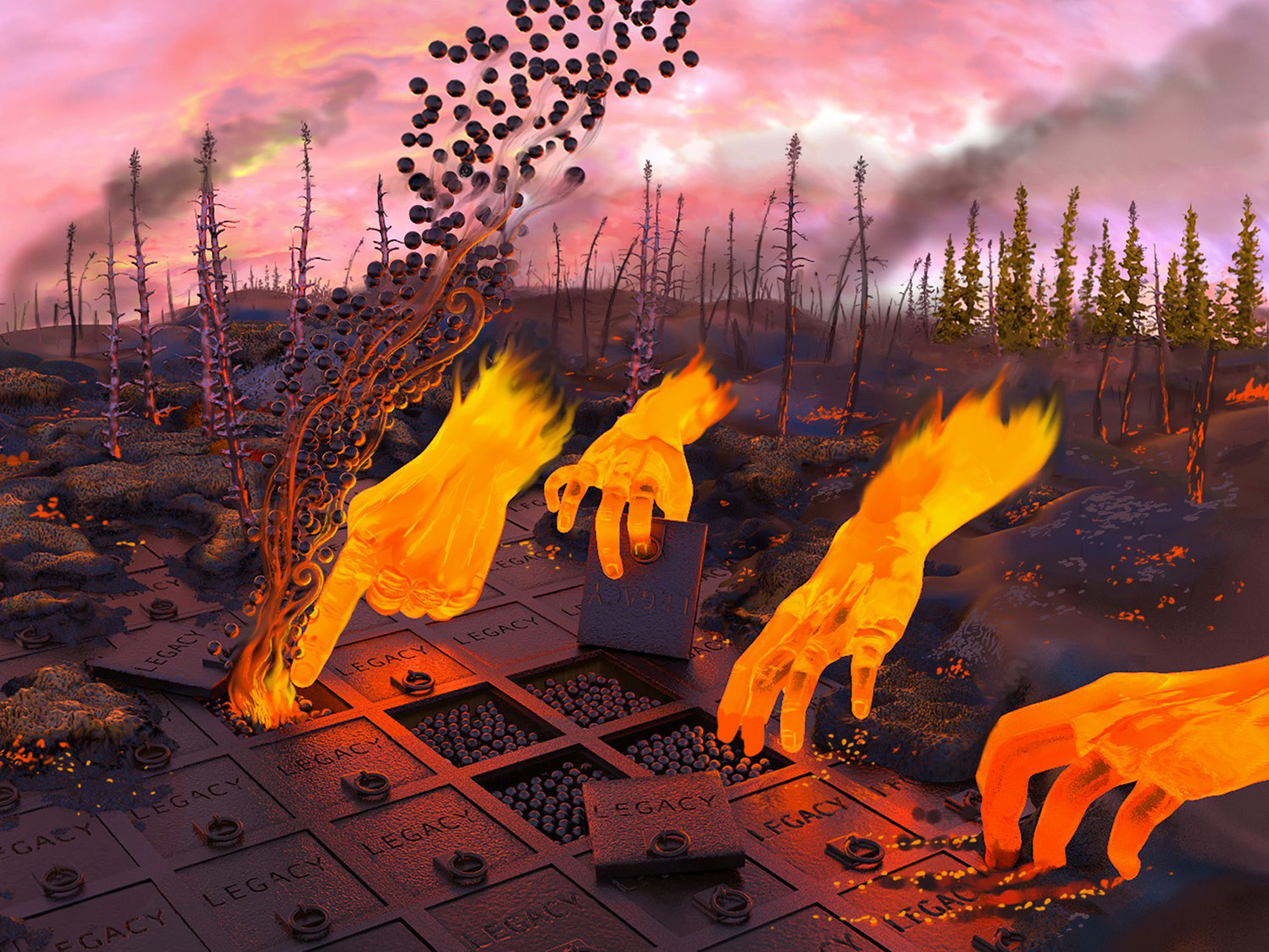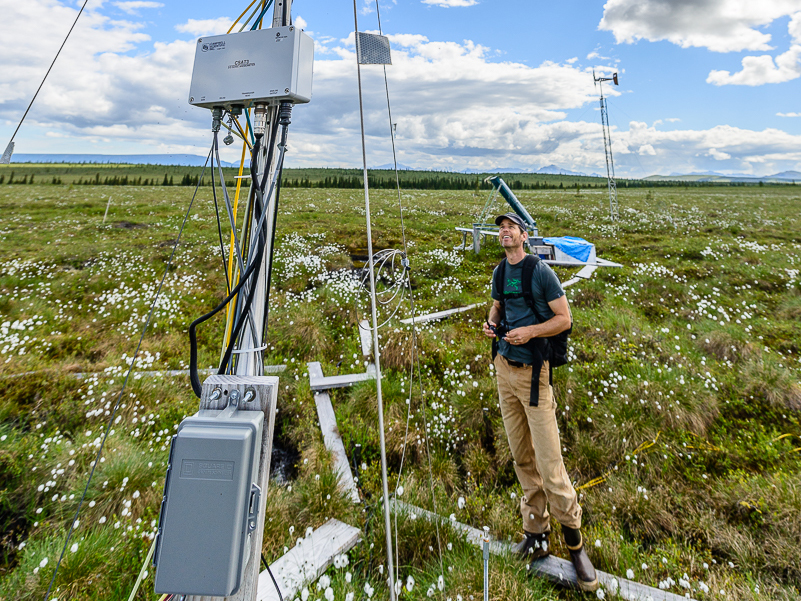Larger, more frequent fires in boreal forest threaten previously protected carbon stores
Pools of old carbon in the soil of boreal forests historically safe from combustion are being released by more frequent and larger wildfires, an Ecoss team led by Xanthe Walker and Michelle Mack announced in Nature this week. As the climate of these forests in the Northwest Territories of Canada […]


